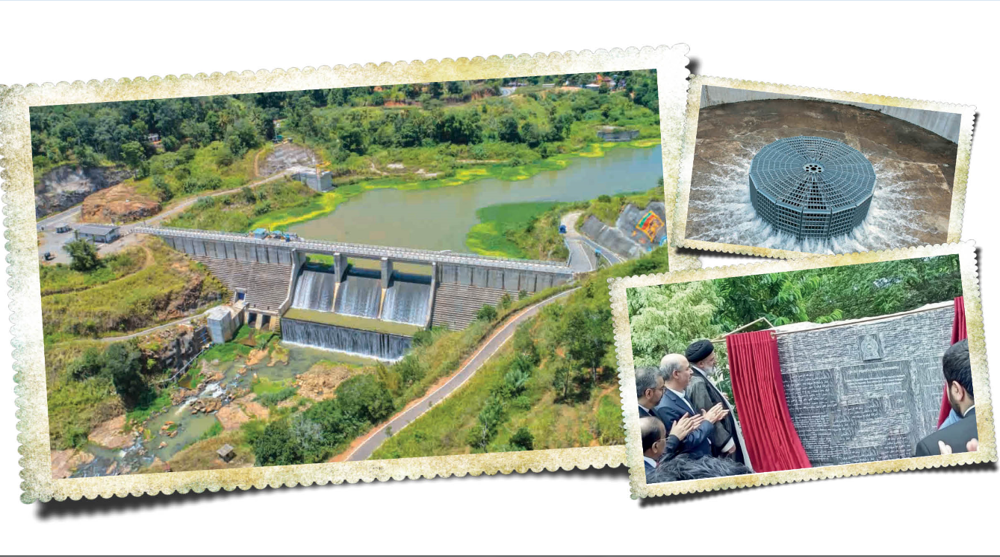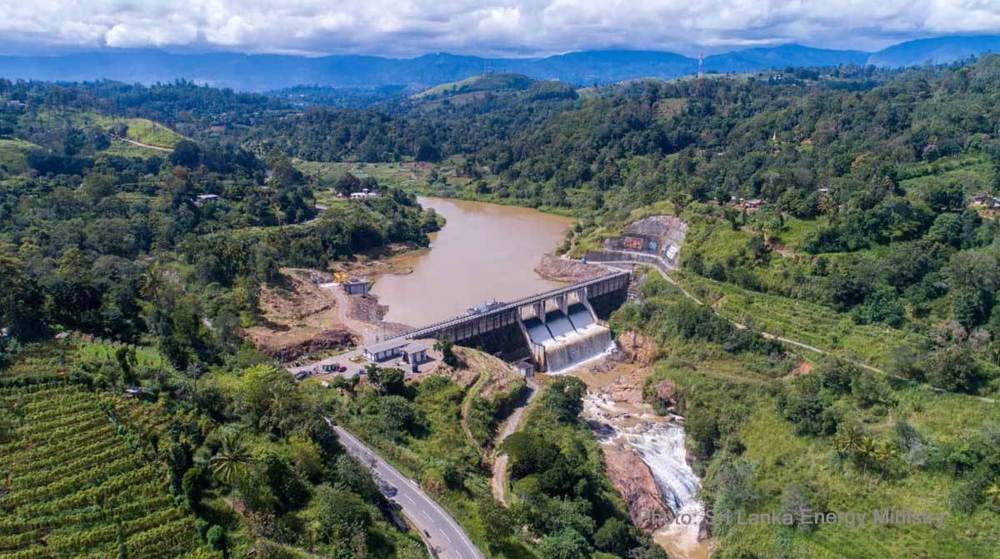Petrochemicals to transform southeast Iran
Iran is building a massive petrochemical complex worth $12 billion in Chabahar which is wholly funded and owned by the private sector and is hoped to lead to a transformation of the country’s southeast.
The Makran Petrochemical Plan is the biggest project yet undertaken by private owners in Iran, aiming to produce 23 million metric tons of products a year, 20 million tons of which are intended for exports.
Currently, the country has a capacity to produce 60 million metric tons. The petrochemical industry is the biggest source of foreign earnings for Iran after oil, put around $14 billion last year.
Divided into three construction phases, the Makran complex is planned to come on stream over a period of nine years and will include 17 production units. Nine private investors, two Iranian banks and three pension funds are financing the project.
The first phase of the complex will become operational before the year-end with a capacity to produce 8.5 million metric tons of petrochemicals worth $5 billion in exports, the man in charge of the project Hassan Malek-Ismaeeli said on Thursday.
Those exports will rise to $11 billion with the completion of the second phase in 2020.
The last phase is envisioned to come on stream in 2021 to produce 7.5 million metric tons of aromatics and polyethylene products, he said.

The first phase of the project will use methane on the Iran-Pakistan gas pipeline as feedstock. For the second phase, a separate pipeline will be built for a length of 1,051 kilometers from Assaluyeh to carry ethane.
Meanwhile, gas condensates will be carried on vessels from Assaluyeh for use in the third phase of the complex which will overall produce eight petrochemical products.
The project is also expected to create jobs for 20,000 people in the Sistan-Baluchestan province and lead to a major development of the region. It will include building 30 downstream units for the first time in Iran’s petrochemical townships.
Chabahar is strategically positioned on the shores of the Gulf of Oman, providing a transit corridor which is finding increasing prominence.
India is planning investment in Chabahar Port in a bid to open up a route to landlocked Afghanistan and the Central Asia.
Chababar is also ideally placed to ship Iran’s petrochemicals to Asian markets which have the world’s highest demand for such products.
Iranian energy officials have said about $70 billion of investment is needed in the petrochemical industry over the next 10 years.
Zionist captive dies after being wounded in Israeli airstrikes: Hamas
VIDEO | Iraqi fighters stage cruise missile strike against Israeli airbase
VIDEO | Venice Art Biennale focuses on Palestine, Gaza
World support for Palestine's UN membership bid shows Israel’s full isolation: Iran
VIDEO | Incursion into East Rafah
VIDEO | British role in Gaza
Houthi: West occupies Muslim countries under pretext of fight against terror
US police tear-gass students, arrest dozens as Gaza war protests spread










 This makes it easy to access the Press TV website
This makes it easy to access the Press TV website